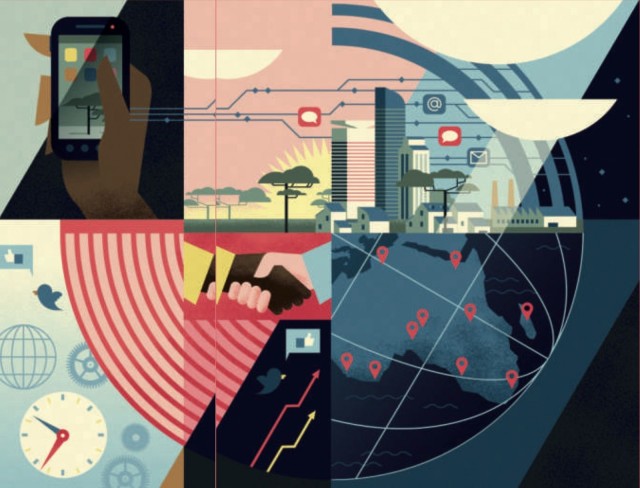Thanks To Android, Smartphones Are Going Mainstream In The Developing World
One of the great things about Android is that you don’t have to spend a small fortune to gain access to its ecosystem.
Chinese manufacturers like Huawei and ZTE — and even the likes of Samsung, HTC, and Motorola — all offer super affordable Android-powered smartphones that even budget-conscious consumers and those in the developing world can gain access to. And some of them aren’t bad, either.
Take the new Moto G, for example: It starts at just $179 off contract, and for that you get an HD display, a quad-core processor, a 5-megapixel camera, and access to Google’s latest Android operating system.
Thanks to devices like this, smartphones are about to go mainstream in the developing world, according to a new piece in the latest edition of Wired from our own editor-in-chief Leander Kahney.
In 2014, smartphone penetration in the developing world will pass 15 percent, with Africa alone accounting for 36.5 million smartphone sales. By 2018, developing nations will be the biggest smartphone users. Leading the way will be low-cost Chinese smartphones running Android.
Kahney reports that Jimmy Wales, co-founder of Wikipedia, uses an Android-powered handset from ZTE that was purchased on the streets of Kenya for just £55 ($88). “The screen is smaller than the iPhone, it’s not quite as good, but the battery lasts two days,” Wales says.
Huawei is another one of the companies championing cheaper smartphones, but many others are following suit. And it’s partly because of Android’s incredibly cheap licensing costs and the flexibility of the platform that these companies can produce highly affordable devices.
Not everyone who owns a smartphone may get access to the Internet, however. While companies like IBM, Google, and Microsoft are all investing in Africa and hoping to offer services there, only 20 percent of people have regular access to the web. And handset growth is fast outpacing network capacity.
Asymco’s Horace Dediu says emerging economies will soon face a bandwidth crunch, with cheap handsets not raising enough revenue to cover the cost of network upgrades.
You can read Kahney’s piece in the latest issue of Wired, which is available now in Apple’s Newsstand and in the Zinio app.




